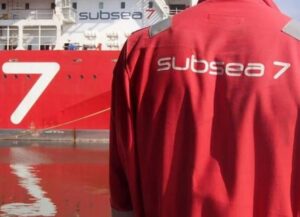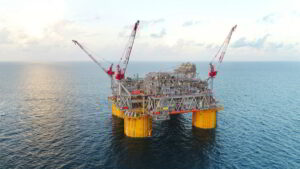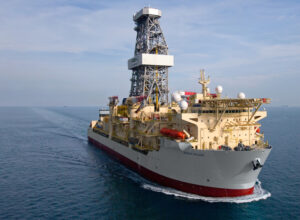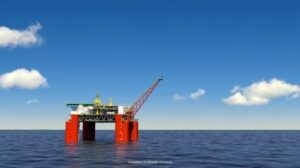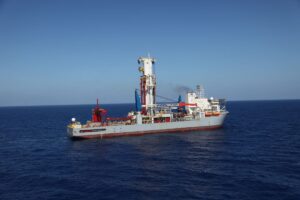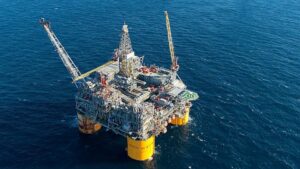Interview: What you need to know about latest Gulf of Mexico lease sale
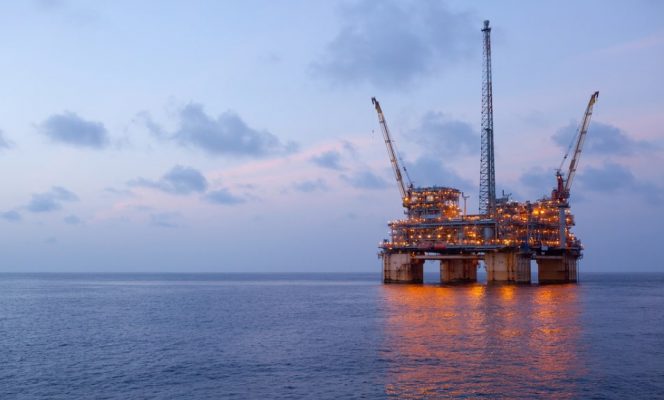
The U.S. last month held an offshore lease sale, attracting $244 million in high bids for 227 tracts in the Gulf of Mexico, which saw oil giant Shell snapping up the biggest number of blocks, Norway’s Equinor submitting the highest bid for a single block, and ExxonMobil’s absence from the sale.
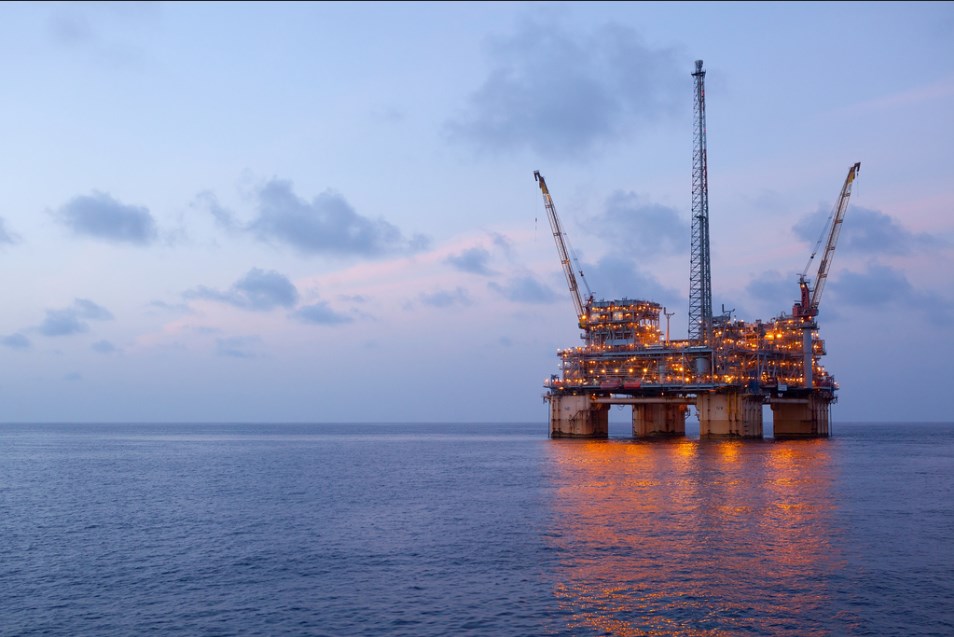
Offshore Energy Today has caught up with William Turner, Senior Research Analyst – Gulf of Mexico at Wood Mackenzie to learn more on the bidding patterns, and trends, what message does Shell’s acquisition of 87 blocks send to the players in the region, why Exxon wasn’t there, what are some of the most interesting projects in the area this year, and if we can expect offshore rigs in the U.S. Atlantic any time soon – spoiler alert – we can’t. Read the full interview below.
OET: How do you see the latest Gulf of Mexico lease sale? Did you expect this number in total high bids offered ($244 million)?
Turner: We were expecting flat to modest increase in spending, which we saw. One thing to consider was the increase in spend was outpaced by the increase in acreage, leading to a decline in average dollars per acre. Additionally, while the trends in the lease sales are continuing to increase, this sale still did not beat the Central lease sale in March 2017. So the region still has a way to get to a full recovery of investment.
OET: What are the work commitments and when can we expect to see the first concrete steps occurring in these blocks?
Turner: In US GoM there are no work commitments. The leases come with 5, 7 or 10-year lease terms depending on the water depth and the operators have that respective time-frame to drill and develop – or they can get a year-by-year extension approved with a robust development plan in place.
OET: What do you say about Shell submitting high bids for the most blocks (87)? What message does it send for the Gulf of Mexico offshore industry?
Turner: Shell are one of the most dominant players in US GoM and are clearly committed to keeping it that way. Unlike their peers, they did not bid with any partners demonstrating their independence in the region. While Shell and Chevron cannot bid together in the region, the two have recently partnered up on blocks that were held from previous sales, including some blocks that hold ultra-high-pressure prospects (20ksi operating pressure).
OET: While most blocks received single bids, two blocks in the Mississippi Canyon received four bids each. Any idea why these were the most attractive?
Turner: This is evidence that our industry is embracing Big Data. Many players in GoM are spending significant resources to reprocess seismic data. Today’s technology and computing power can handle big seismic data much faster and adds a level of resolution to reveal targets that were passed up years ago. Talos and Equinor (among others) have been vocal about their data-heavy approach. Equinor demonstrated very deliberate and surgical moves with the second highest spend in the sale but on only three blocks; two of which were competitive.
OET: What are some other interesting points you’ve taken away from the latest GoM lease sale? What strategies could you pick up from the bidding patterns? Near-field blocks? Any frontier play opening areas being targeted?
Turner: A few interesting points: 1) There were no new entrants to the region and the only notable absence was ExxonMobil (which was not particularly surprising). This signals that those left in GoM are committed to the region and confidence is returning, however modestly.
2) There are some interesting partnerships trends in the region that continued into the lease sale. Majors and smaller players like Kosmos with Equinor, Fieldwood with Chevron, LLOG with BP and Talos with Ecopetrol demonstrates a shrinking pool of partners, but also an increased willingness of the majors to partner with these more nimble players.
3) With heavy bidding in the eastern side of the [available] area over the past three lease sales, there is speculation to a new play being targeted, deeper than the Norphlet. The target could be mid to early Jurassic or even Triassic.
Exxon looking elsewhere
OET: We saw several established names such as Shell, BP, Total, Equinor, Anadarko, BP, Hess, Murphy. However, there was no ExxonMobil bidding in the lease sale. How do you see this?
Turner: This is not particularly surprising as ExxonMobil has not shown a high interest in the region and are understood to be actively marketing at least a portion of its GoM portfolio. It has been vocal about divesting non-core assets to focus on pillars like Guyana, Permian, and Mozambique.
OET: What are some of the most exciting projects under development in the Gulf of Mexico you’re currently watching? If I’m not mistaken, you’ve recently highlighted Chevron’s Anchor project. Can you tell us more?
Turner: Anchor is very interesting and among three pivotal projects to deepwater GoM. Shenandoah and North Platte are the other two. Anchor is an ultra-high-pressure discovery – one which requires 20,000 psi operating pressure – and is likely to be the first of its kind in the world to be sanctioned. The success of these projects – whether defined onlookers as sanction or development – is likely to trigger more investment in ultra-high-pressure targets.
One telltale to Chevron’s confidence in the progress of Anchor is their return to drilling ultra-high-pressure prospects in Kingsholm which we expect to be drilled by mid-year, and Crown which we expect to be drilled early next year.
Additionally, Appomattox is one to watch, with first oil expected soon, it will be the first production from the Norphlet play in the region, and like Anchor, success may trigger investment in Norphlet targets.
Atlantic drilling too expensive
OET: NOIA’s Randall Luthi has recently stressed that the Gulf of Mexico is the ONLY offshore basin available for bidding in the U.S., while Oregon governor has recently signed into law a bill banning offshore drilling in the state.
Do you see offshore rigs coming to the Atlantic and the Pacific sides of the U.S. at all, given the opposition of the reps of coastal states there?
Turner: No…
OET: Luthi has also cited a report which claims that fiscal structure and the rate of return on investment in the U.S. Gulf of Mexico might be seen as less attractive compared to, say, Brazil, Mexico, and Guyana. Any thoughts?
Turner: We have run a sensitivity analysis on 18.75% vs 12.5% royalty rates and for most projects the chance would not move the project from “no-go” to “gGo”. We reached out to some operators who confirmed the same in their view. Royalty Suspended Volumes (RSV) – the first X-amount of barrels carry no royalty at all – does a lot more to return capital faster and thus increase the IRR of a project. We have also written about incentives targeted to projects with higher technical specifications like Anchor mentioned above.
One example could be, if an operator logs a pressure and establishes the operating requirements to be above some threshold, then you qualify for some incentive. This could encourage operators to fund R&D programs at a higher rate and progress the technical capabilities in the region – then that technology could be used around the world.
OET: If we could also ask for a comment on the court decision to overturn President Trump’s exec order revoking Obama’s offshore drilling ban?
Turner: Regarding Atlantic drilling – look, there are large portions of Central and Western GoM that are already available, in geologic areas that are known well, much closer to infrastructure and accessible to construction yards, and with much less controversy than the Atlantic.
These deepwater acres already compete fiercely for capital with onshore/tight-oil investments. Much of the consideration for competition has to do with the long life cycle and heavy upfront capital required of deepwater projects.
Development in the Atlantic would be much longer life cycle and much more capital, simply because the area has not been developed at all. Under any circumstances, I would not predict seeing any capital move into the Atlantic before 2025.
Interview prepared by Bartolomej Tomić
Spotted a typo? Have something more to add to the story? Maybe a nice photo? Contact our editorial team via email.
Offshore Energy Today, established in 2010, is read by over 10,000 industry professionals daily. We had nearly 9 million page views in 2018, with 2.4 million new users. This makes us one of the world’s most attractive online platforms in the space of offshore oil and gas and allows our partners to get maximum exposure for their online campaigns.
If you’re interested in showcasing your company, product or technology on Offshore Energy Today contact our marketing manager Mirza Duran for advertising options.

